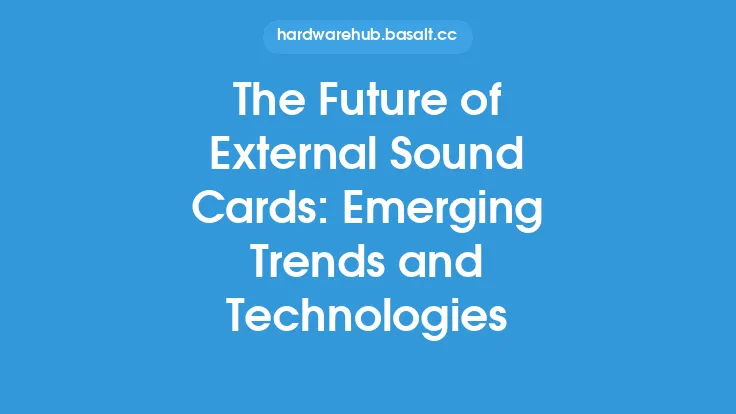The world of scanning is undergoing a significant transformation, driven by advances in technology, changing user needs, and the growing demand for digitalization. As we look to the future, it's essential to explore the trends and innovations that are shaping the scanning landscape. From improvements in scan quality and speed to the integration of artificial intelligence and cloud connectivity, the future of scanning is poised to be more efficient, accurate, and connected than ever before.
Introduction to Scanning Technology
Scanning technology has come a long way since its inception, with significant advancements in recent years. Modern scanners employ a range of technologies, including charge-coupled devices (CCDs), contact image sensors (CIS), and optical character recognition (OCR) software. These technologies enable scanners to capture high-quality images, recognize text, and convert printed documents into editable digital files. As scanning technology continues to evolve, we can expect to see further improvements in image quality, scan speed, and document processing capabilities.
Trends in Scanning
Several trends are currently shaping the scanning industry, including the increasing adoption of wireless and mobile scanning solutions, the growing demand for cloud-connected scanners, and the integration of artificial intelligence (AI) and machine learning (ML) algorithms. Wireless scanning enables users to scan documents and images without being tethered to a computer, while cloud-connected scanners allow for seamless document sharing and collaboration. AI and ML algorithms, on the other hand, are being used to improve scan quality, automate document processing, and enhance the overall scanning experience.
Innovations in Scanning
Innovations in scanning are focused on improving the speed, accuracy, and efficiency of the scanning process. One significant innovation is the development of high-speed scanners that can scan documents at speeds of up to 100 pages per minute. Another innovation is the use of LED light sources, which provide brighter and more consistent illumination, resulting in higher-quality scans. Additionally, advancements in OCR software have enabled scanners to recognize text in multiple languages, making them more versatile and useful for global organizations.
The Role of Artificial Intelligence in Scanning
Artificial intelligence is playing an increasingly important role in scanning, enabling scanners to automate document processing, improve scan quality, and enhance the overall scanning experience. AI algorithms can be used to detect and correct errors, such as skewed or distorted images, and to recognize and extract relevant information from documents. AI-powered scanners can also learn from user behavior and adapt to their scanning habits, making them more intuitive and user-friendly.
Cloud Connectivity and Scanning
Cloud connectivity is revolutionizing the way we scan and share documents. Cloud-connected scanners enable users to scan documents directly to cloud storage services, such as Google Drive, Dropbox, or Microsoft OneDrive, making it easy to access and share documents from anywhere. Cloud connectivity also enables scanners to integrate with other cloud-based applications, such as document management software and workflow automation tools, streamlining document processing and collaboration.
Security and Scanning
As scanning becomes more connected and digital, security is becoming a growing concern. Scanners must be designed with security in mind, incorporating features such as encryption, secure authentication, and access controls to protect sensitive documents and data. Additionally, scanners must comply with industry standards and regulations, such as GDPR and HIPAA, to ensure the secure handling and storage of personal and confidential information.
The Future of Scanning
The future of scanning is exciting and full of possibilities. As technology continues to advance, we can expect to see further improvements in scan quality, speed, and document processing capabilities. The integration of AI, ML, and cloud connectivity will enable scanners to become more intelligent, automated, and connected, making them an essential tool for businesses, organizations, and individuals alike. Whether you're scanning documents, images, or objects, the future of scanning promises to be more efficient, accurate, and innovative than ever before.
Conclusion
In conclusion, the future of scanning is shaped by trends and innovations that are transforming the scanning landscape. From improvements in scan quality and speed to the integration of AI, ML, and cloud connectivity, the scanning industry is poised for significant growth and development. As scanning technology continues to evolve, it's essential to stay informed about the latest advancements and innovations, ensuring that you're equipped with the knowledge and tools to navigate the ever-changing world of scanning. Whether you're a business, organization, or individual, the future of scanning promises to be more efficient, accurate, and connected than ever before.





